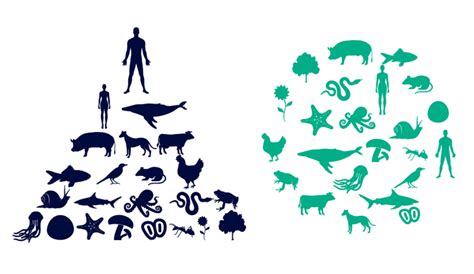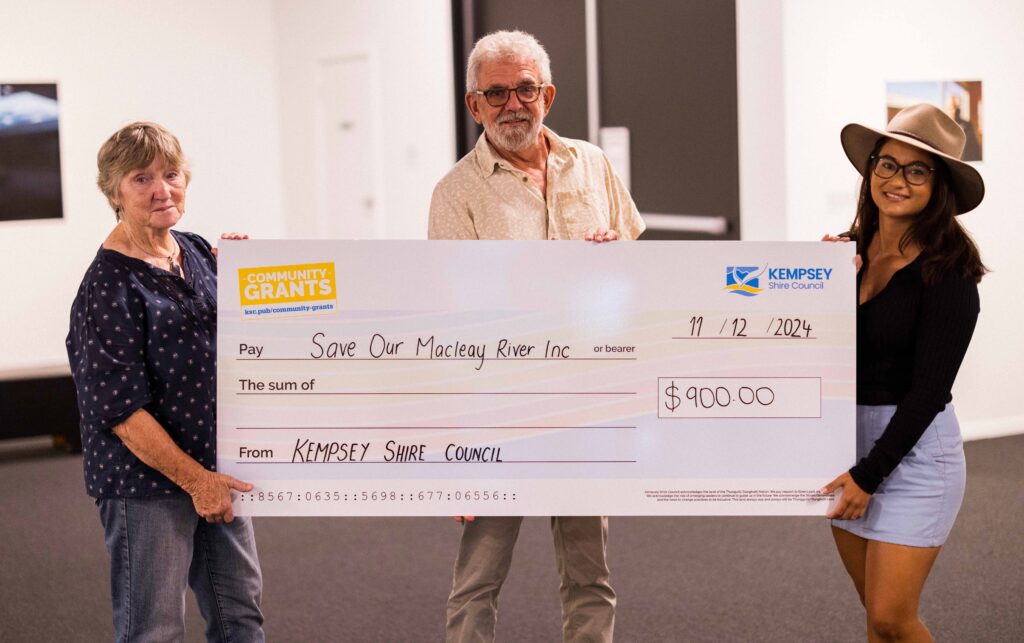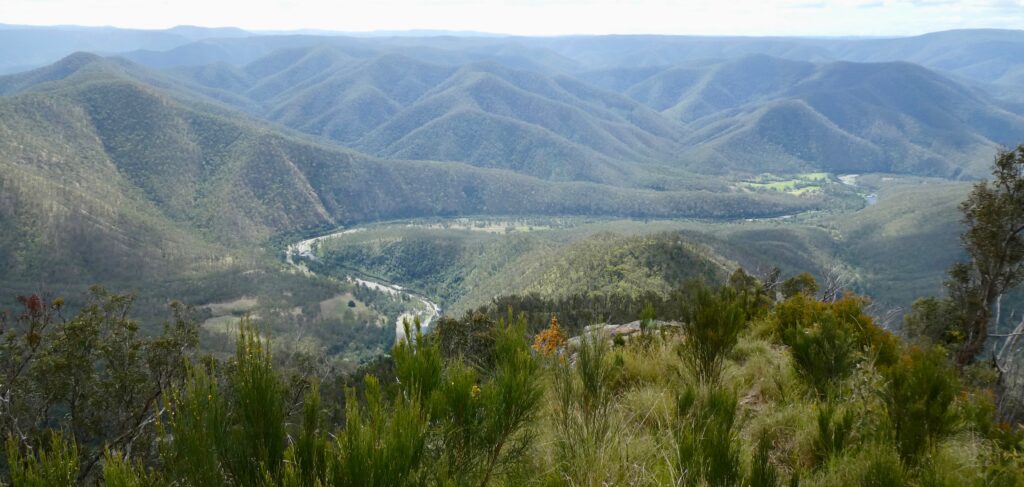Mungay and Deep Creeks – SOMR Notice to Residents about the safer use of water
The old Mungay Creek antimony mine closed in 1972 with minimal rehabilitation and has since been leaching antimony and arsenic into Deep and Mungay Creeks and eventually into the Macleay River downstream from Willawarrin.
In 2017, the then NSW Derelict Mines Department were going to reduce the antimony and arsenic with managed sediment dams, but later changed priorities and did nothing.
Mid North Coast Local District Health and later Kempsey Shire Council, were requested by SOMR to help to develop and distribute a ‘Notice to Residents’ about the safer use of water downstream from the Mungay Mine. Both declined. Therefore, SOMR developed the Notice to Residents and distributed it to every property adjacent to the two affected waterways.
Information in the ‘Notice’ is based on 7 years monitoring findings by Professor Scott Johnson of Southern Cross University (SCU) and the University of New England’s research over the last 20 years.
Click here to see the Notice to Residents.
Oven Mountain Pumped Hydro Scheme
According to the NSW government’s DPHI Project Planning Portal the pumped hydro scheme in the Macleay Valley near Georges Junction is still in the assessment phase. The decision is in the hands of Paul Scully, the Minister for Planning, and was expected by the end of last year with Alinta Energy advising that construction would start by mid-2025. The company has now changed the expected construction commencement to 2026.
In their March Newsletter Alinta informed that they are assessing the geology along Armidale Road “to ensure the proposed transport route can be upgraded. so our haulage vehicles can safely deliver construction materials during the project’s construction phase.” Will the necessary upgrade and maintenance of Armidale Road be publicly funded?
Alinta is keeping up the public profile by participating in the New England Renewable Energy Careers Expo in March 2025 and by offering community grants for “grass roots organisations” of $20,000 each to a total of $250,000.
Fines for Clybucca illegal dams
On 27th February 2025, the NSW Local Court found the company Greenleaf Australia and the director Xiuming Lin guilty of 12 of 16 charges each. The company was fined $224,000 and ordered to pay $155.000 in costs and to carry out extensive remediation. The director was fined $71,250.
The case was heard at the Local Court and it has been said that it is a rather substantial fine. https://www.abc.net.au/news/2025-03-05/300k-fine-for-green-leaf-farming-company-and-director-over-dam/105006882
SOMR has not found details of the remediation order, but it can be expected that at least the dam with the leaking dam wall at the boundary to the Clybucca Wetlands will be removed.
Riverside Gravel Extraction
Flooding of the Macleay River in March and April saw the equipment taken to higher ground. A recent site visit with the owner to the adjacent upstream property confirmed that the extraction ‘hole’ held water and recent upstream bank erosion was evident. The ‘head-erosion’ has now reached the main river channel.
Residents in the vicinity of the quarries and SOMR believe that the DAs should have been assessed as Designated Development and not approved as Existing Use Rights, because the EP&A act defines existing use as one that began legally but would now be prohibited.
Several matters of the then legislation would make the Gravel Extraction DAs a ‘Designated Development’ thus requiring an EIS.
In answer to a GIPA (Freedom of Information) lodged with KSC, SOMR found that no EISs ever existed.
SOMR is contacting the Environmental Defenders Office (EDO) for legal advice.
Hillgrove Mine
With record gold price and near record antimony price, Larvotto the current owners of Hillgrove Mines, are aiming to re-commence ore production by early 2026.
Since acquiring Hillgrove Mine in late 2023, Larvotto completed diamond drilling programs at Clarkes Gully and Bakers Creek, is investigating the construction of a new tailings dam as well as the method of Dry Stack Tailings.
In March 2025, Larvotto announced the purchase of Echidna Gully, an established facility located near Hillgrove to secure accommodation for the expected workforce. On 10 April 2025 he company opened an Information and Community Engagement Hub in Armidale.
As a ‘first step’ in open communications with ‘Larvotto’, SOMR representatives participated in an online meeting with Non-Executive Director Rachelle Domansky and Chief Operating Officer Sonja Neame on 17 April. At the meeting, SOMR relayed the history of communications with the mine operators since 2013 and reaffirmed the group’s primary concern with protection of the Macleay River from As & Sb and other harmful elements. In reference to potential contamination, the safety of the proposed ‘Dry Stacking’ process of waste material was questioned.
Numerous articles about dry stacking can be found on the internet, e.g. https://open.library.ubc.ca/media/stream/pdf/59368/1.0107683/1
To improve community understanding, it was proposed to establish of a ‘Community Reference Group’ including SOMR and downstream stakeholders such as First Nations representatives and Kempsey Shire Council. Rachelle Domansky will work towards a first Reference Group meeting in May.
Water Test Kit
SOMR has now ordered a new Water Test Kit. The process of identifying and ordering the components was complicated because several suppliers had to be contacted. Some of them are located overseas. The kit includes coliform, phosphate, arsenic tests and more. The cost is covered by the community grant SOMR received from Kempsey Shire Council.
SOMR has already received several requests for water testing
NSW Water Sharing Plan Review (Macleay catchment)
As reported in the End of 2024 Update, SOMR contributed a brief submission to the NSW Water Sharing Plan Review.
As a consequence, SOMR members were invited to an online meeting with the Natural Resource Commission’s Principal Advisor Stef Schulte in December 2024 and a face to face meeting in March 2025 at the Kempsey Library with Andrew Craig, Senior Water Planner at DCCEE&W. SOMR’s submission was discussed at both opportunities. Concerns about water contamination were also raised, however the Water Sharing Plan is only concerned with water quantity, not quality.
Earth Law – Rights of the River
SOMR is preparing to facilitate a presentation in Armidale by the National Convenor of the Australian Earth Laws Alliance (AELA), Michelle Maloney. This will be another step on the long journey to the full protection of the Macleay River.
Become a member of Save Our Macleay River Inc by using the application form on the website. Meetings discussing the above issues, and more, are held every six weeks and are open to all members either in person or via Zoom.





